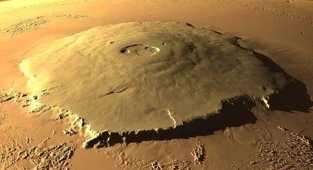Space has always interested people, since ancient times. At first, those who studied it were called astrologers, and later - astrologers. They learned a lot, but it does not compare with the knowledge that modern scientists have. 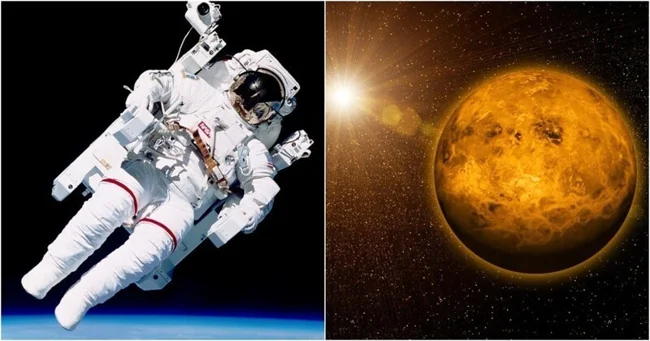
Technologies are developing, including those involved in space exploration. Satellites, powerful telescopes, interplanetary spaceships... And, by the way, facts about space are not always difficult for ordinary people to understand and can be told in a completely accessible and interesting way.
Here are a few such facts.
All the planets in our solar system can be placed between the Earth and the Moon 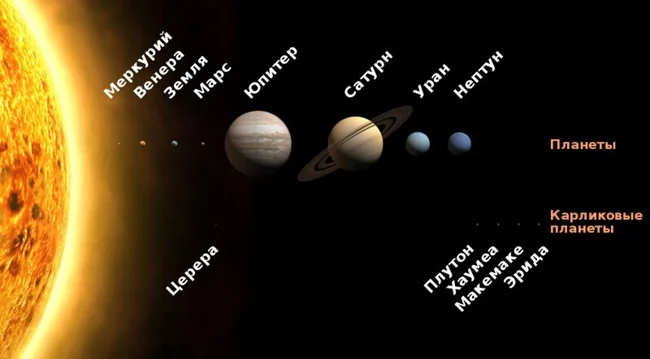
When the Moon is farthest from Earth, the distance from surface to surface is about 398,000 km.
If the planets are aligned along their polar axes, their total distance is 364,799 km.
Sunsets on Mars would be blue to us
Saturn's moon Titan is the only known place in our solar system other than Earth to have a "fluid cycle"
It is the only other place in the solar system known to have a cycle of liquids similar to ours, raining from clouds and flowing across its surface. It fills the seas and lakes and evaporates back into the sky. Just like the water cycle on Earth.
It is the only other place in the solar system known to have an Earth-like cycle of liquids raining down from clouds, flowing across its surface, filling lakes and seas, and evaporating back into the sky (similar to the water cycle on Earth).
If you don't touch them, then the traces on the Moon will remain there for millions of years.
While in space you can grow up to 5 centimeters 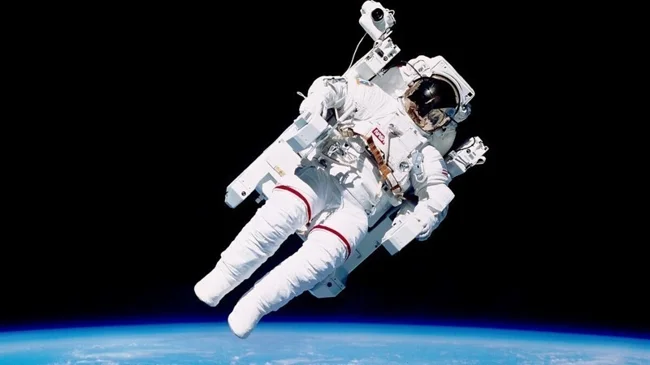
Neptune is the only planet in our solar system not visible to the naked eye, and the first predicted by mathematics before its discovery
Jupiter's moon Io is the most volcanically active body in the solar system
Neptune's winds can reach speeds of more than 2000 km/h
Space (Karman line) is only 100 kilometers from us!
Pluto has mountains 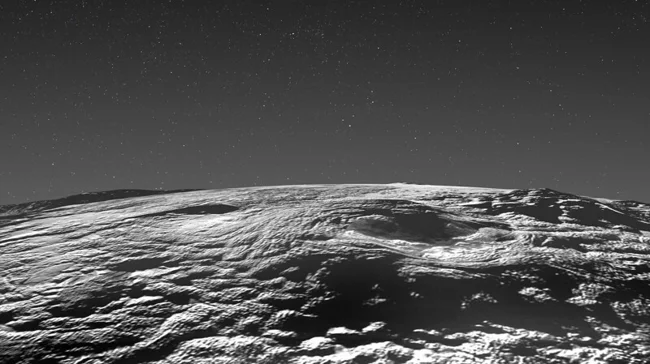
About 13,630 satellites launched into low-Earth orbit
About 8,850 of these satellites are still in space, and about 6,700 are still operational.
The Sun is predicted to live just under half its lifespan.
The sun will eventually run out of energy, like all stars. When it begins to die, it will turn into a huge red star and become so large that it will engulf Venus, Mercury and perhaps even the Earth.
The biggest storm in our solar system: The Great Red Spot is shrinking
Uranus' moon Miranda has the most interesting surface features seen on the Moon
It has giant fault canyons that are 12 times deeper than the Grand Canyon in the US, terrace layers and surfaces that appear very old, and others that look much younger.
Venus is the brightest object in Earth's night sky after the Moon 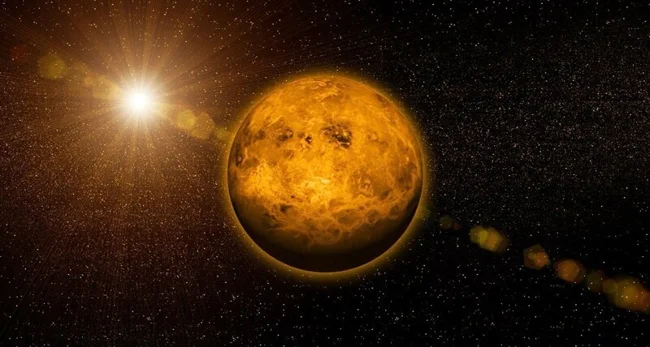
A six-way jet stream of winds surrounds a huge storm and forms a hexagon at Saturn's north pole
The outer atmosphere of the Sun, the corona, is hotter than the "surface" of the Sun - the photosphere
The Sun's core reaches 15 million °C, but the photosphere only reaches 5500 °C, while the corona can reach 2 million °C.
Our solar system formed about 4.5 billion years ago
There are five dwarf planets in our solar system: Pluto, Ceres, Makemake, Haumea and Eris
Mars is home to the largest volcano in the solar system, Olympus Mons. 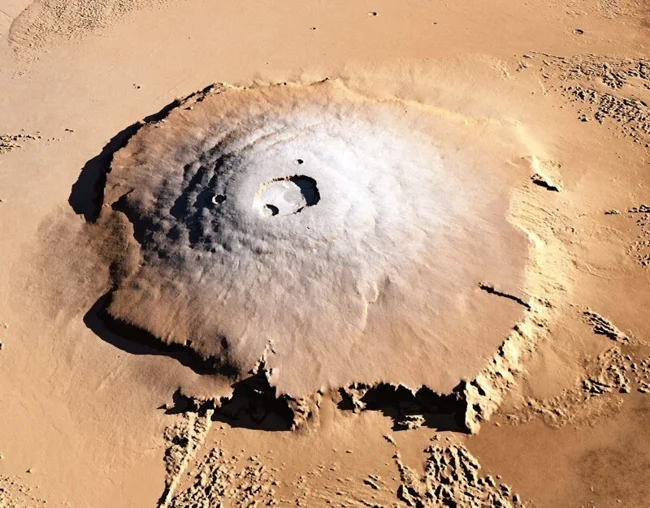
It is a full three times taller than Everest, and its base is the size of New Mexico.
Saturn's rings are made up of many small pieces of ice and rocks ranging in size from dust to the size of mountains.
Jupiter's moon Ganymede is not only the largest moon in our solar system. There is evidence that the moon has an underground ocean of salt water and contains more water than all the water on Earth.
There have been nearly 6,250 successful rocket launches since 1957.
There are more than 10,100 tons of space objects in Earth's orbit
The Canyon of Mars is seven times larger than the Grand Canyon of Earth 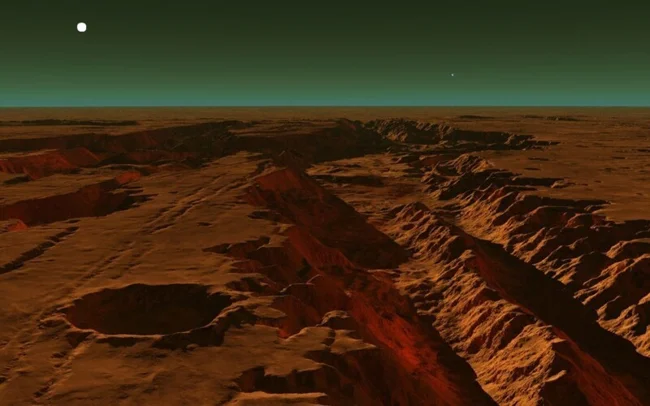
If a person on Earth weighs 40 kg, then on Jupiter he will weigh 94 kg
Spaceships have visited all the planets of our solar system
There may be a ninth giant planet in our solar system
There are more than 200 moons in our solar system
Uranus rotates sideways 
It rotates at an angle of almost 90 degrees to the plane of its orbit.
Uranus was the first planet to be discovered using a telescope
Asteroids are remnants of the formation of our solar system
There are more than 130 million space debris objects
36,500 space debris objects larger than 10 cm.
1,000,000 space debris objects ranging in size from more than 1 cm to 10 cm.
Temperatures on Uranus can drop to -224.2 degrees Celsius
Mercury is the smallest and closest planet to the Sun in our Solar System 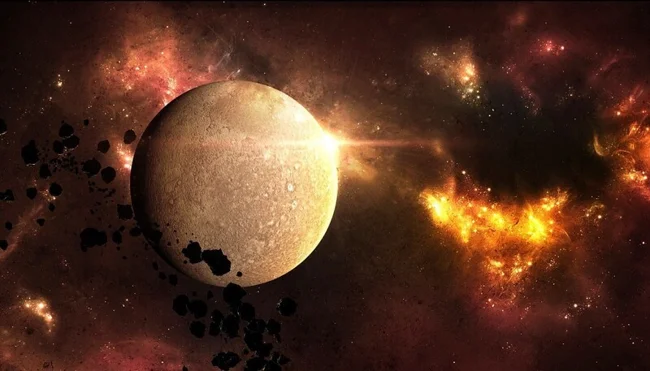
Every planet in our solar system has at least some water in many different forms.
With a radius of 2,440 kilometers, Mercury is slightly more than one-third the width of Earth.
With an average distance of 58 million kilometers, Mercury is 0.4 astronomical units from the Sun.
One day on Mercury is about 59 Earth days, and a year on Mercury is 88 Earth days
Mars' color comes from iron-rich dust that covers the planet's surface. 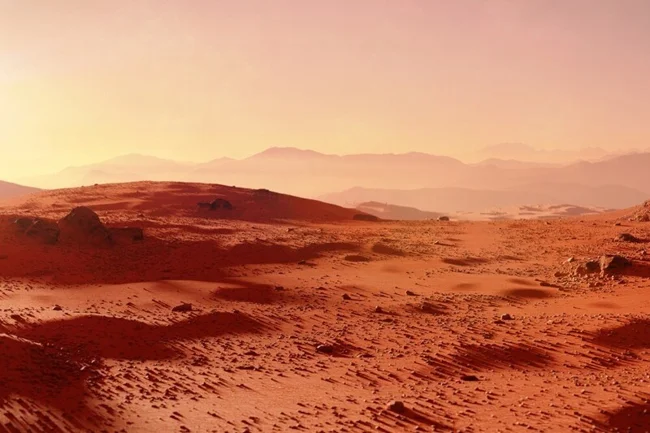
The Sun is the largest object in our Solar System
To fill the volume of the Sun, it would take 1.3 million Earths.
There are rocks from Mars on Earth
Winds drive clouds around Venus at a speed of 360 kilometers per hour
Venus has the hottest surface in our solar system
The sun makes up 99.8% of the mass of our solar system 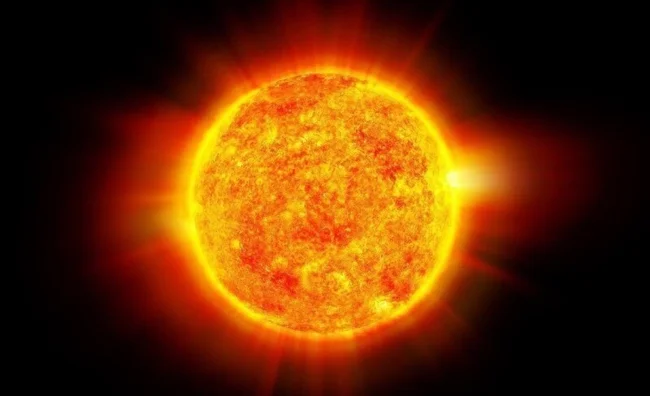
Saturn's moon Iapetus is called the Yin and Yang of Saturn because of its hemisphere
The front hemisphere has a reflectivity (or albedo) as dark as coal (albedo 0.03-0.05 with a slight reddish tint), while its rear hemisphere is much brighter at 0.5-0.6.
There are eight planets in our solar system
Mercury, Venus, Earth and Mars fall under the category of terrestrial planets, Jupiter and Saturn are gas giants, and Uranus and Neptune are ice giants.
Our solar system is part of the Milky Way galaxy
The sun is approximately 150 million kilometers from Earth 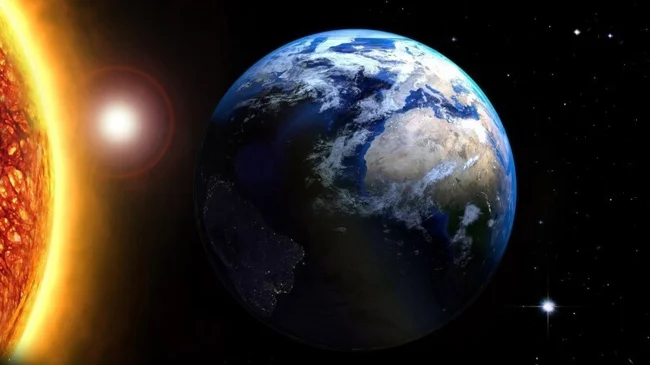
The moon has no atmosphere
The average temperature on Mars is -66 degrees Celsius
0 comments
